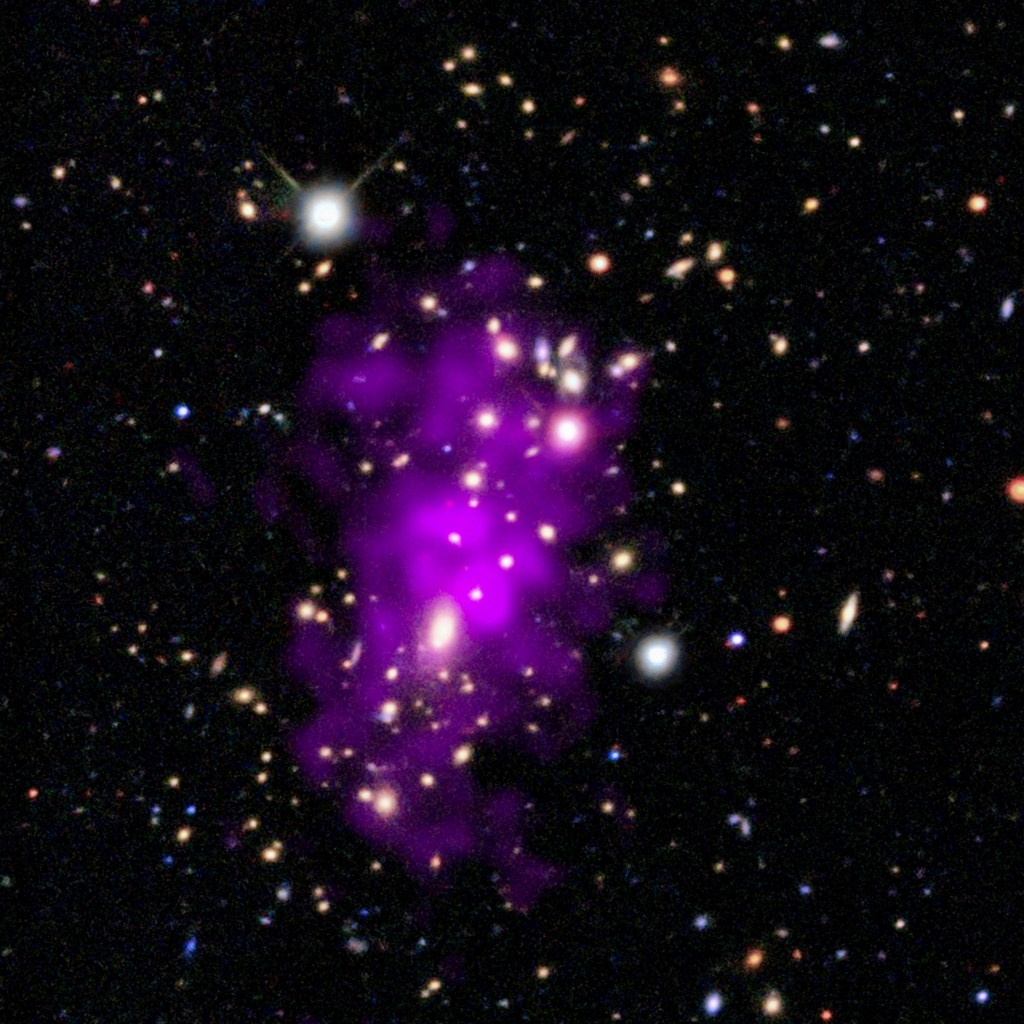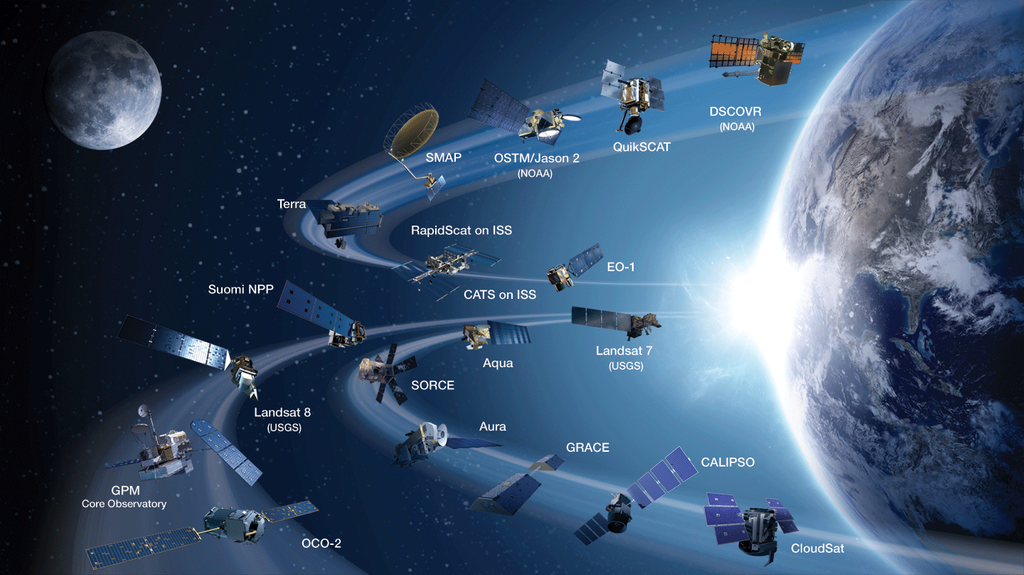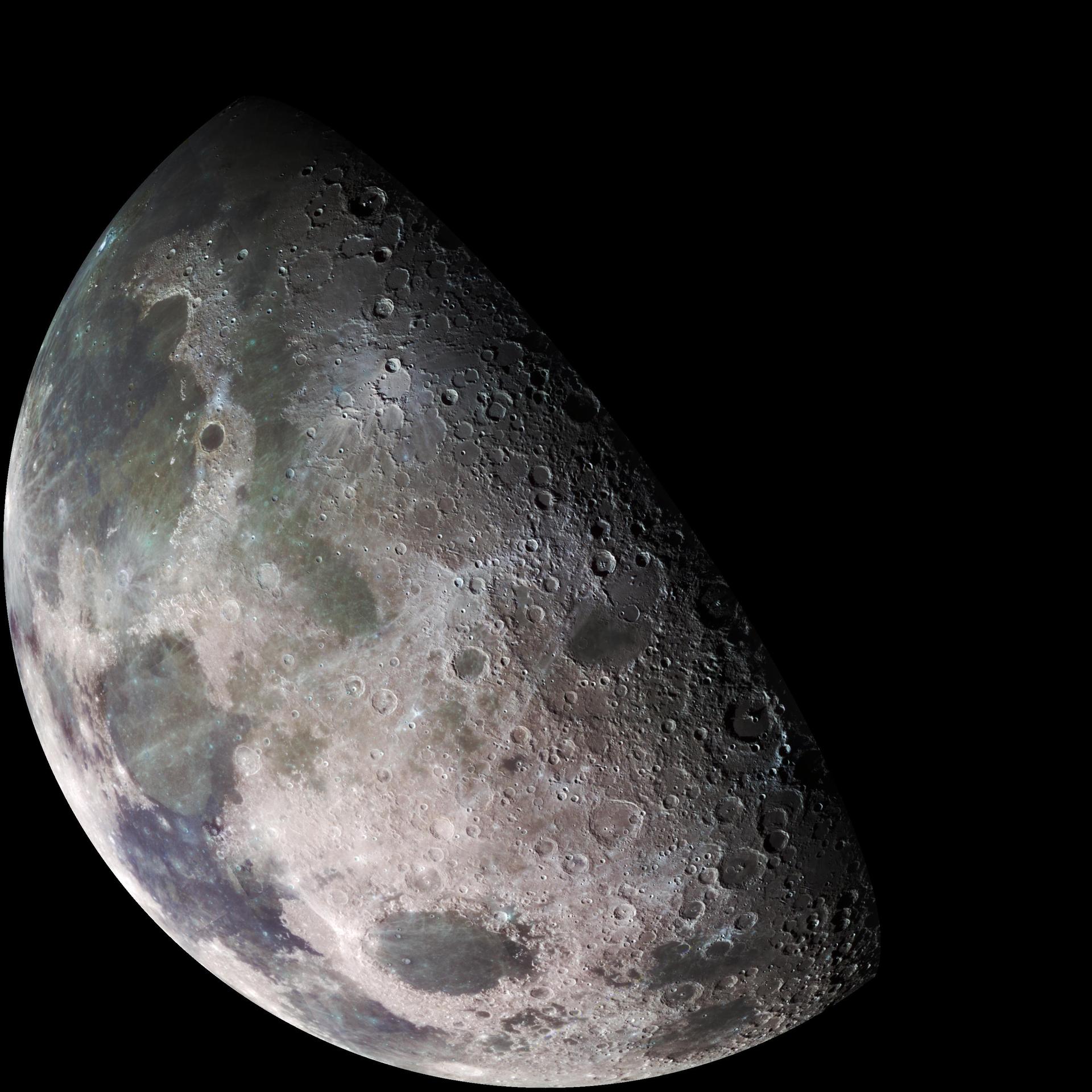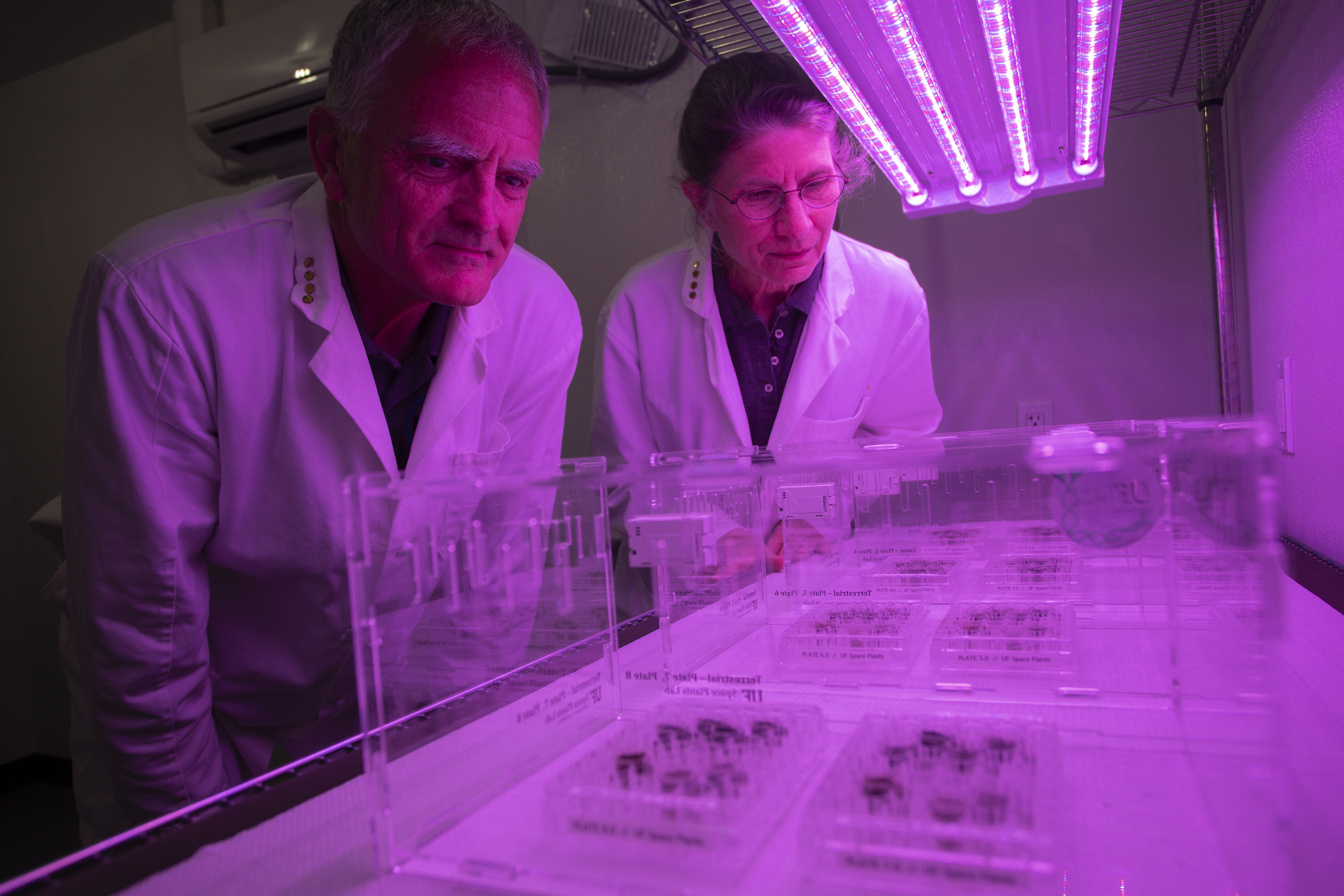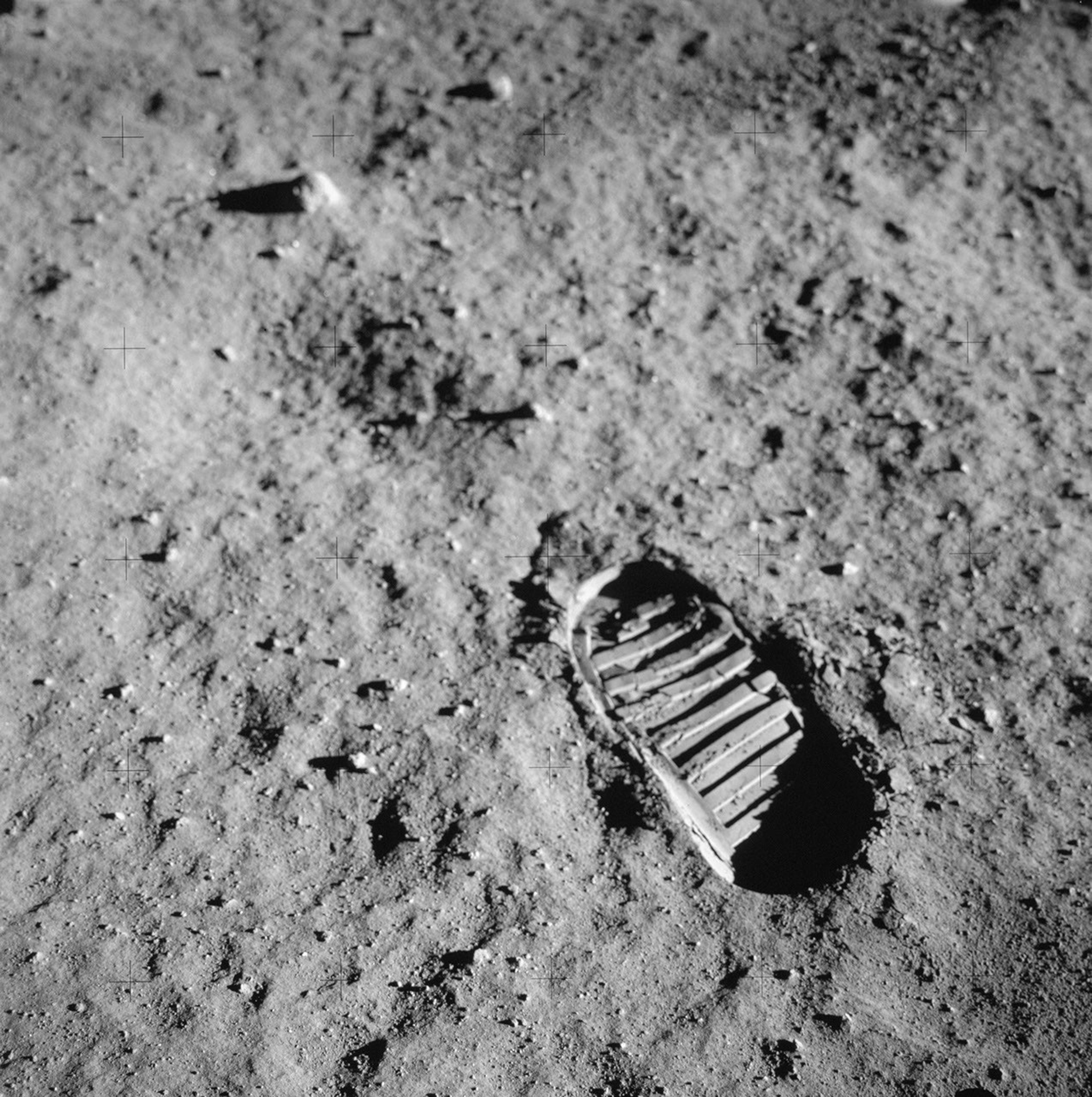Earth Soil vs. Lunar Regolith: What’s the Difference?
Many of the processes that lead to the formation of the soil that covers Earth are well understood. Lunar regolith that covers the Moon’s surface, on the other hand, still holds many mysteries. Here’s how Earth’s soil and lunar regolith are different, and how further studies of lunar regolith can benefit NASA’s Artemis missions and beyond.
Earth soil
- Made from organic matter, like decaying plants, through chemical and biological processes
- Wind and water wear down particles, softening them over many years
- Earth’s atmosphere protects the surface from solar particles and space rocks
Lunar regolith
- Made up of fine dust and rock pieces formed by space rocks impacting and fracturing the surface of the Moon
- Without wind or water to erode it, the regolith maintains sharp edges
- Solar particles charge up the regolith, making it prone to sticking to equipment
How this benefits space exploration: Studying lunar soil properties can help prepare future astronauts for living on the Moon, including using regolith to grow crops, extract water, and build structures.
Learning how to live and work on the Moon prepares humans for exploring other destinations as well, such as the surface of Mars.
How this benefits humanity: Studying plant growth in regolith could help generate agricultural innovations that will enable us to grow crops in stressful conditions and food-scarce areas on Earth. It could also inform advancements in manufacturing and materials science.
About BPS
NASA’s Biological and Physical Sciences Division pioneers scientific discovery and enables exploration by using space environments to conduct investigations not possible on Earth. Studying biological and physical phenomenon under extreme conditions allows researchers to advance the fundamental scientific knowledge required to go farther and stay longer in space, while also benefitting life on Earth.













